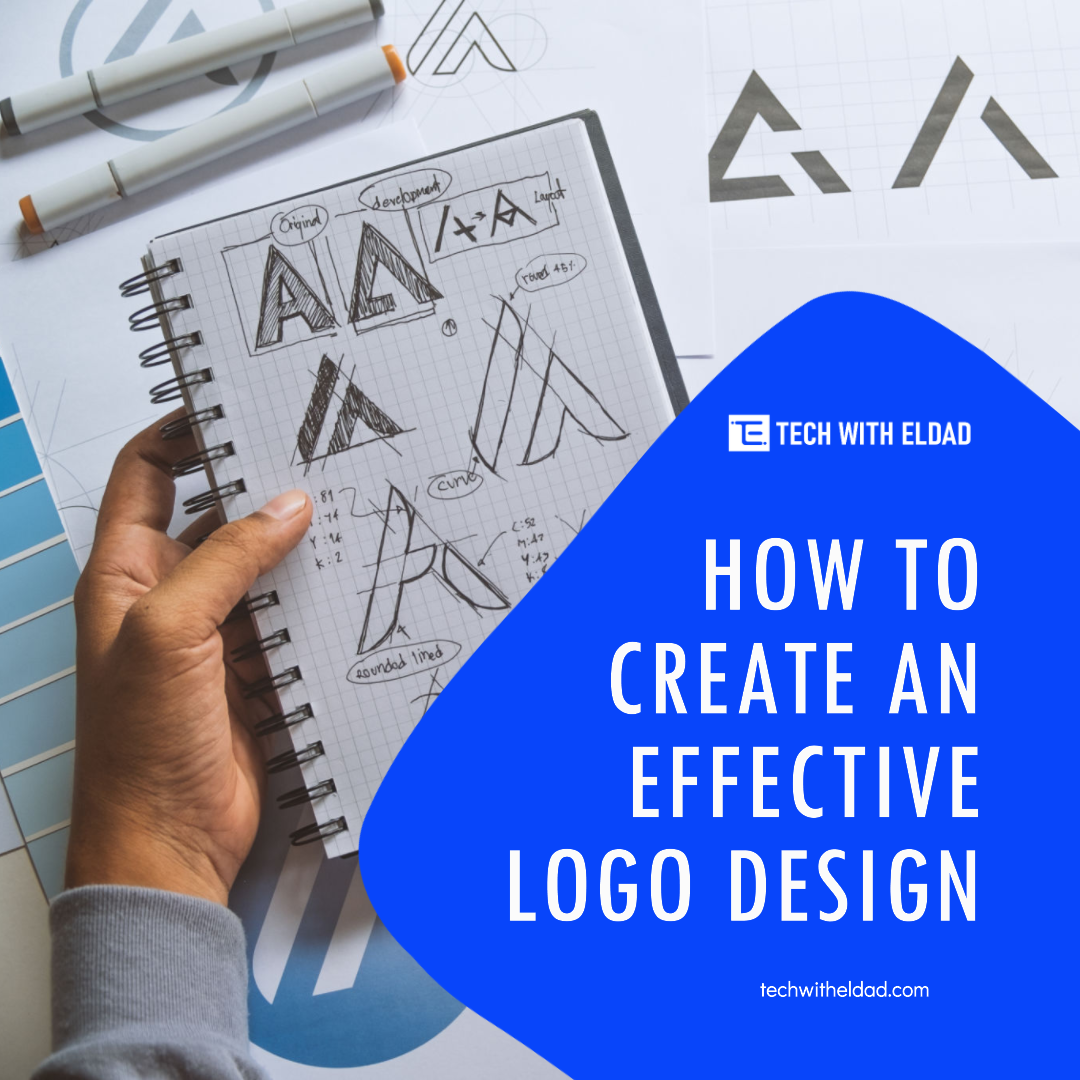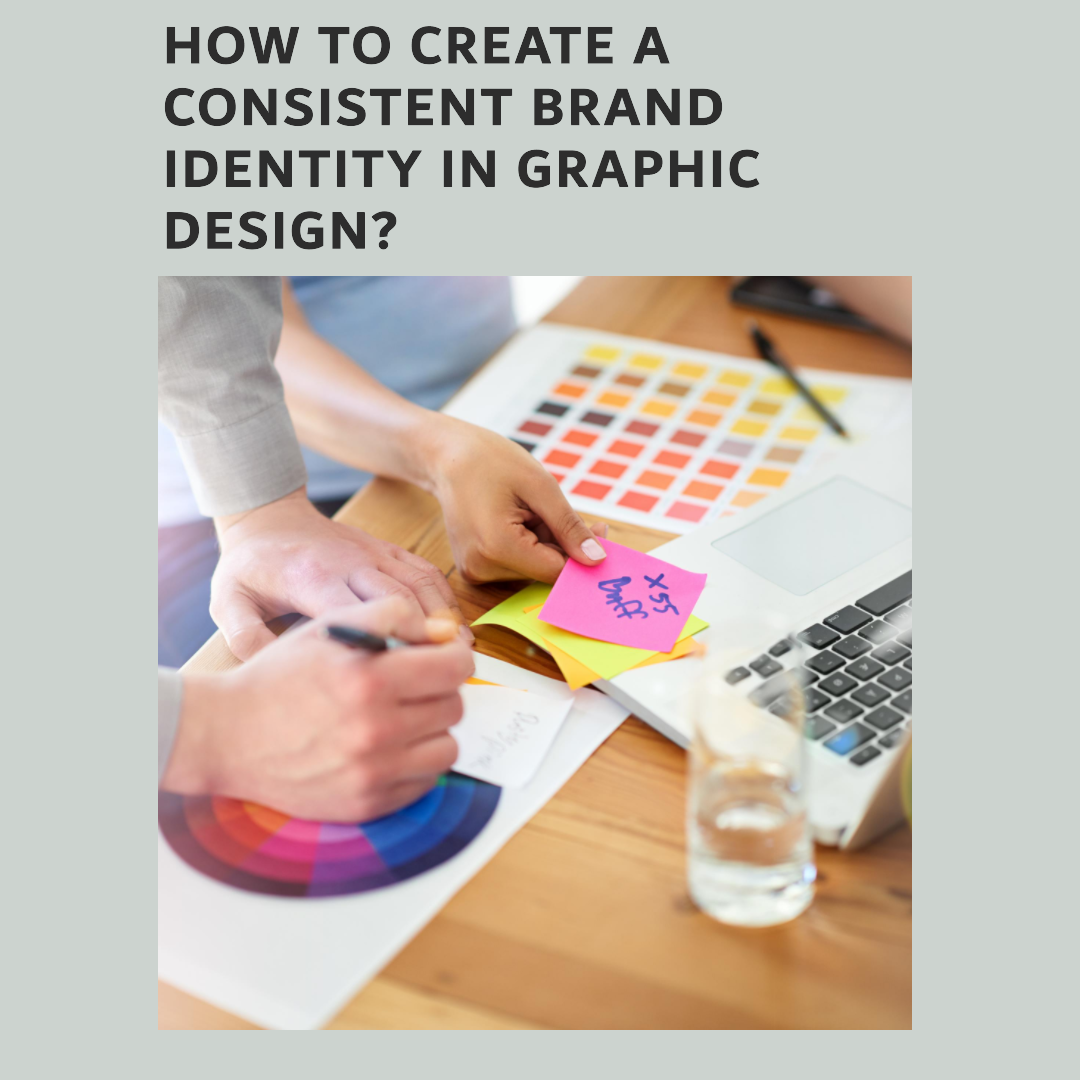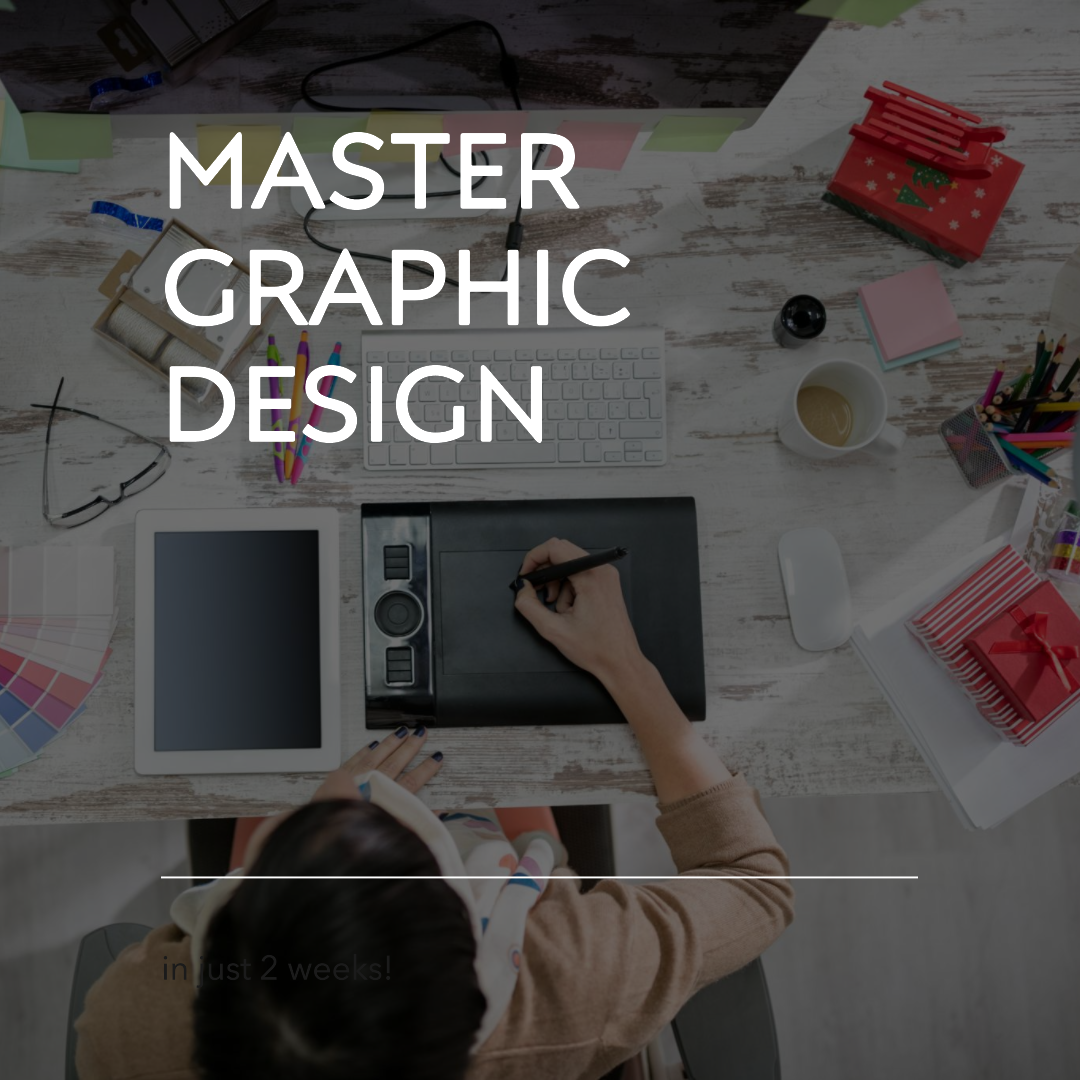A logo serves as the visual representation of your brand and plays a significant role in creating a lasting impression on your target audience. In this article, we will explore the key elements and processes involved in designing an effective logo, as well as common mistakes to avoid. Let’s dive in!
Understanding the Importance of a Logo
Before we delve into the nitty-gritty of logo design, it’s important to grasp the significance of a logo in branding. A logo acts as the face of your brand, conveying its values, personality, and offerings. It serves as a visual cue that instantly sparks recognition and triggers emotions associated with your brand. A well-designed logo has the power to communicate professionalism, trustworthiness, and uniqueness, ultimately attracting customers and building brand loyalty.
When it comes to branding, a logo is more than just a pretty image. It is a key element that helps establish a strong brand identity. Think of it as the visual representation of your brand’s essence. It encapsulates the essence of your business and communicates it to your target audience.
Imagine a world without logos. How would you distinguish one brand from another? How would you remember a company’s products or services? Logos provide a visual anchor that helps customers recognize and remember a brand amidst a sea of competitors.
The Role of a Logo in Branding
A logo plays a pivotal role in branding by establishing a visual representation that encapsulates your brand’s identity. It helps create brand recognition, sets your business apart from competitors, and fosters a sense of trust and familiarity with your target audience. Your logo acts as a symbol that encapsulates your brand’s mission, values, and promises, leaving a lasting impression on your customers.
Brand recognition is crucial in today’s competitive market. A well-designed logo can help your brand stand out and be easily identifiable among a sea of competitors. It serves as a visual shortcut that allows customers to associate your logo with your brand’s reputation and offerings.
Moreover, a logo helps create a sense of trust and familiarity with your target audience. When customers see a logo that they recognize and resonate with, it instills confidence in your brand. It conveys professionalism, reliability, and consistency, making customers more likely to choose your brand over others.
How a Logo Impacts Customer Perception
The design of your logo can significantly shape how your customers perceive your brand. A thoughtfully crafted logo that aligns with your brand’s core values can evoke positive emotions and create a sense of trust and credibility. Alternatively, a poorly designed logo can send the wrong message and deter potential customers from engaging with your brand. Understanding the impact of a logo on customer perception is crucial when creating an effective design.
Colors, typography, and visual elements used in a logo all contribute to the overall perception of a brand. Each design choice can evoke specific emotions and associations in the minds of customers. For example, a logo with bold and vibrant colors may convey energy and excitement, while a logo with muted tones may evoke a sense of sophistication and elegance.
It’s important to conduct thorough research and understand your target audience when designing a logo. By aligning your design choices with the preferences and expectations of your target market, you can create a logo that resonates with them and effectively communicates your brand’s values and offerings.
Key Elements of an Effective Logo Design
Now that we recognize the importance of a logo, let’s explore the key elements that contribute to its effectiveness.
When it comes to logo design, simplicity is key. A simple and clean logo is not only visually pleasing but also easy to remember and recognize. Avoid cluttering your logo with too many elements or complex designs that can confuse your audience. Instead, aim for a minimalist approach that conveys your brand’s essence concisely.
In addition to simplicity, there are other important aspects to consider when designing a logo. For example, the use of color can greatly impact the overall effectiveness of your logo. Colors have the power to evoke emotions and convey specific messages. It is crucial to choose colors that align with your brand’s identity and resonate with your target audience. Understanding color psychology can help you make informed decisions about the colors you incorporate into your logo.
Another key element of an effective logo design is relevance. Your logo should align with your brand’s identity and values. Consider your target audience, the industry you operate in, and the emotions you wish to evoke. Your logo should communicate the nature of your business and resonate with your target market, ensuring that it accurately represents your brand and what it stands for.
When designing a logo, it is important to think about its versatility. Your logo should be adaptable to various platforms, including digital and print media. It should look great across different sizes and formats without losing its visual impact. Creating a versatile logo allows for consistent branding across different touchpoints, reinforcing your brand’s recognition and message.
In addition to versatility, typography plays a significant role in logo design. The font you choose can convey a specific tone or personality for your brand. Whether you opt for a bold and modern typeface or a classic and elegant one, it is essential to select a font that complements your logo’s overall design and aligns with your brand’s identity.
Furthermore, the use of negative space can add depth and meaning to your logo. Negative space refers to the empty or blank areas surrounding and within the design. By strategically incorporating negative space, you can create clever and memorable visual representations that communicate your brand’s message effectively.
Lastly, it is important to consider the scalability of your logo. Your logo should be easily recognizable and legible, regardless of its size. Whether it is displayed on a billboard or a business card, it should maintain its visual impact and clarity. Ensuring that your logo is scalable allows for consistent brand representation across various mediums.
The Logo Design Process
Developing an effective logo involves a systematic and creative design process. Let’s explore the essential steps:
Brainstorming Logo Ideas
In the initial stage of the logo design process, brainstorming is key. Gather your team or work with a professional designer to generate a wide range of ideas. Brainstorming allows for creativity and exploration, helping you to identify concepts that align with your brand’s vision and resonate with your customers.
During the brainstorming session, encourage everyone to think outside the box. Explore different themes, symbols, and visual representations that could potentially communicate your brand’s message effectively. Consider the emotions and values you want your logo to evoke and brainstorm ways to incorporate them into the design.
Remember, brainstorming is not about finding the perfect idea right away. It’s about generating as many ideas as possible, even if they seem unconventional or far-fetched. Sometimes, the most unexpected ideas can lead to groundbreaking logo designs.
Sketching and Drafting Your Logo
Once you have a pool of ideas from the brainstorming session, it’s time to start sketching and drafting your logo. Begin by creating rough sketches to visualize different design concepts. Don’t worry about perfection at this stage; the goal is to get your ideas on paper.
When sketching, explore various layouts, shapes, and arrangements. Experiment with different typography styles and consider how they can enhance the overall design. Play with different sizes and positions of the elements to find the most visually appealing composition.
As you refine your sketches, pay attention to the scalability and versatility of the design. A logo should look great both on a small business card and a large billboard. Test different variations of the logo in different sizes to ensure it remains clear and recognizable.
Refining Your Logo Design
After selecting the most promising logo concepts, it’s crucial to refine and polish the design. Experiment with colors, typography, and visual elements to create a harmonious and visually appealing composition.
Consider the psychology of colors and how they can evoke specific emotions or associations. Choose a color palette that aligns with your brand’s personality and conveys the desired message. Test different color combinations to find the perfect balance.
Typography also plays a significant role in logo design. Select fonts that complement your brand’s identity and enhance the overall design. Experiment with different font styles, sizes, and weights to find the perfect combination that represents your brand effectively.
Seek feedback from stakeholders and gather different perspectives to ensure your final design is well-received and resonates with your target audience. Conduct surveys or focus groups to gather valuable insights and make informed decisions about the final design.
Remember, the logo design process is iterative. It’s normal to go through multiple rounds of refinement and feedback before arriving at the perfect logo. Embrace the journey and enjoy the creative process as you shape your brand’s visual identity.
Choosing the Right Colors and Fonts for Your Logo
Colors and typography are vital elements that can make or break your logo design. Let’s explore their significance:
The Psychology of Color in Logo Design
Colors carry immense psychological weight and can evoke specific emotions. Understand the meaning associated with various colors and select a palette that aligns with your brand’s personality. Consider the industry you operate in and the message you want to convey to determine the most appropriate colors for your logo.
Selecting the Perfect Font for Your Logo
Fonts play a crucial role in logo design, reflecting your brand’s tone and style. Choose fonts that are legible and complement your brand identity. Whether you opt for a classic, modern, or playful font, ensure it aligns with the overall design and effectively communicates your brand’s message.
Common Mistakes in Logo Design and How to Avoid Them
While designing a logo, it’s essential to be mindful of common pitfalls. Let’s explore two prevalent mistakes and how to steer clear of them:
Overcomplicating Your Design
One common mistake is overcomplicating your logo design. Remember, simplicity is key. Avoid cramming too many elements or intricate details into your logo. Keep it clean, visually appealing, and easy for your audience to comprehend.
Neglecting Your Brand’s Identity
Another mistake to avoid is neglecting your brand’s unique identity. Your logo should capture the essence of your brand and reflect its values, personality, and target market. Failing to create a logo that aligns with your brand’s identity may confuse customers or dilute your brand’s message.
Conclusion
In summary, creating an effective logo design requires careful consideration of its purpose and its alignment with your brand’s identity. By understanding the importance of a logo, embracing simplicity, and following a systematic design process, you can develop a logo that accurately represents your brand and resonates with your target audience. Additionally, choosing the right colors and fonts, while avoiding common design mistakes, will ensure your logo stands out and successfully communicates your brand’s message. Happy logo designing!








